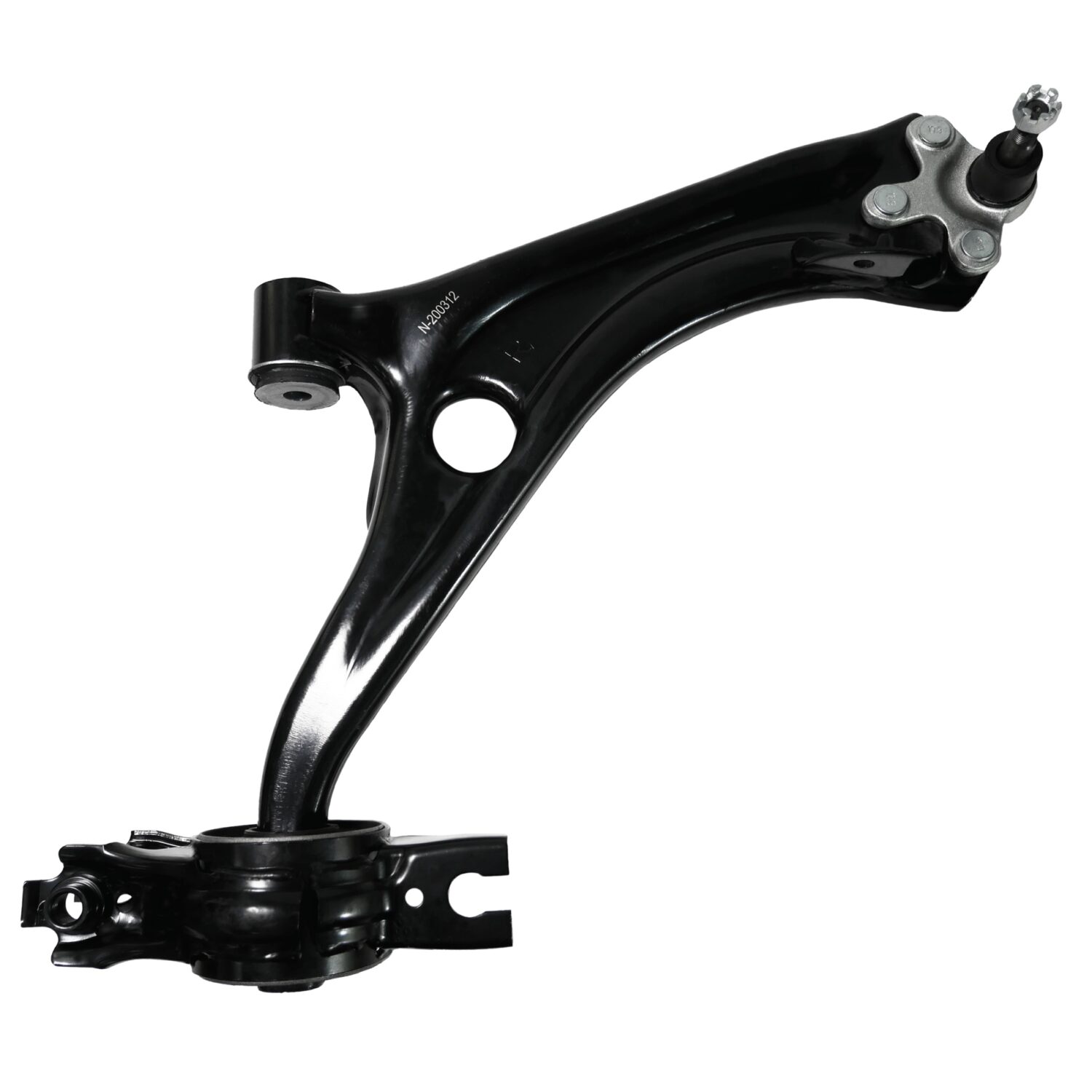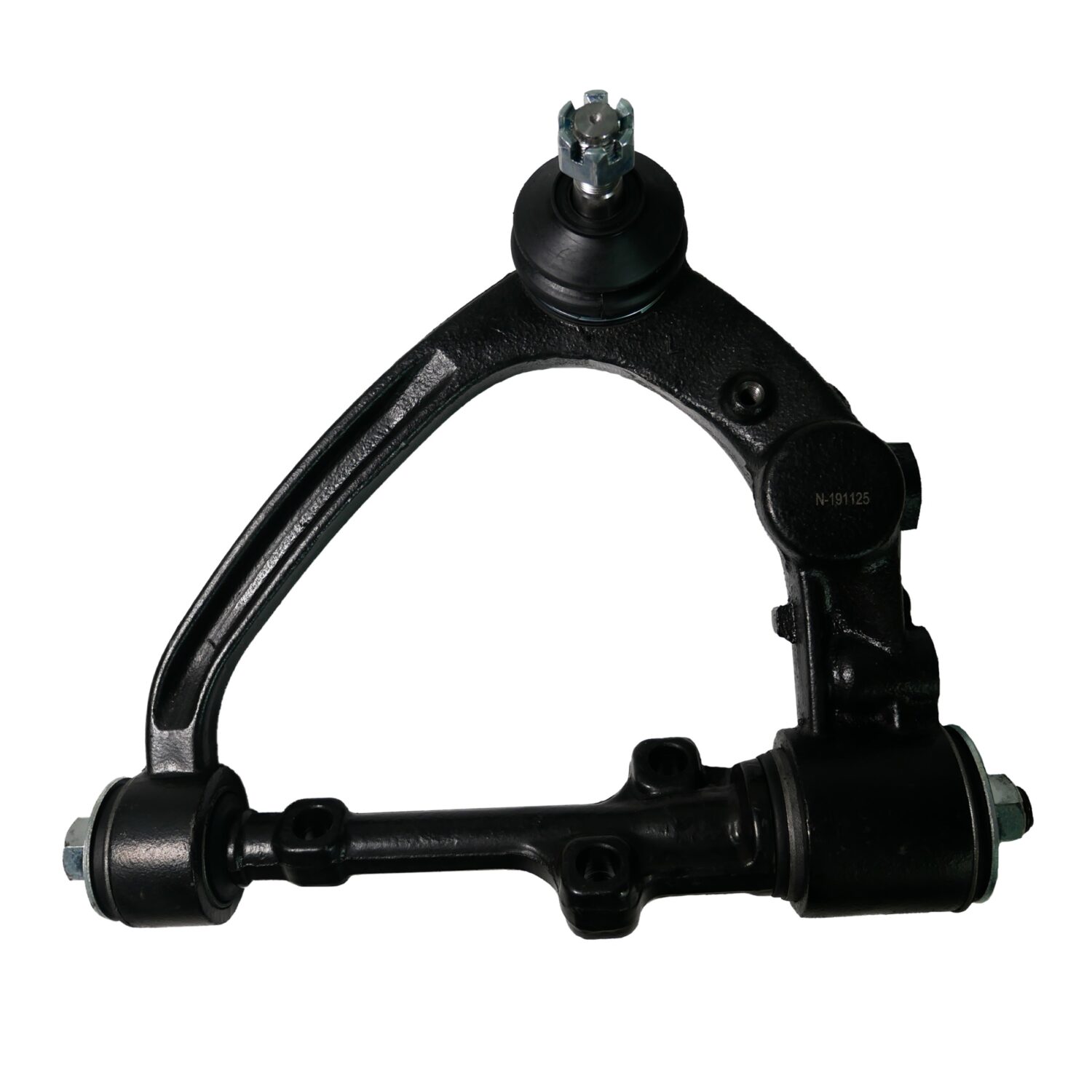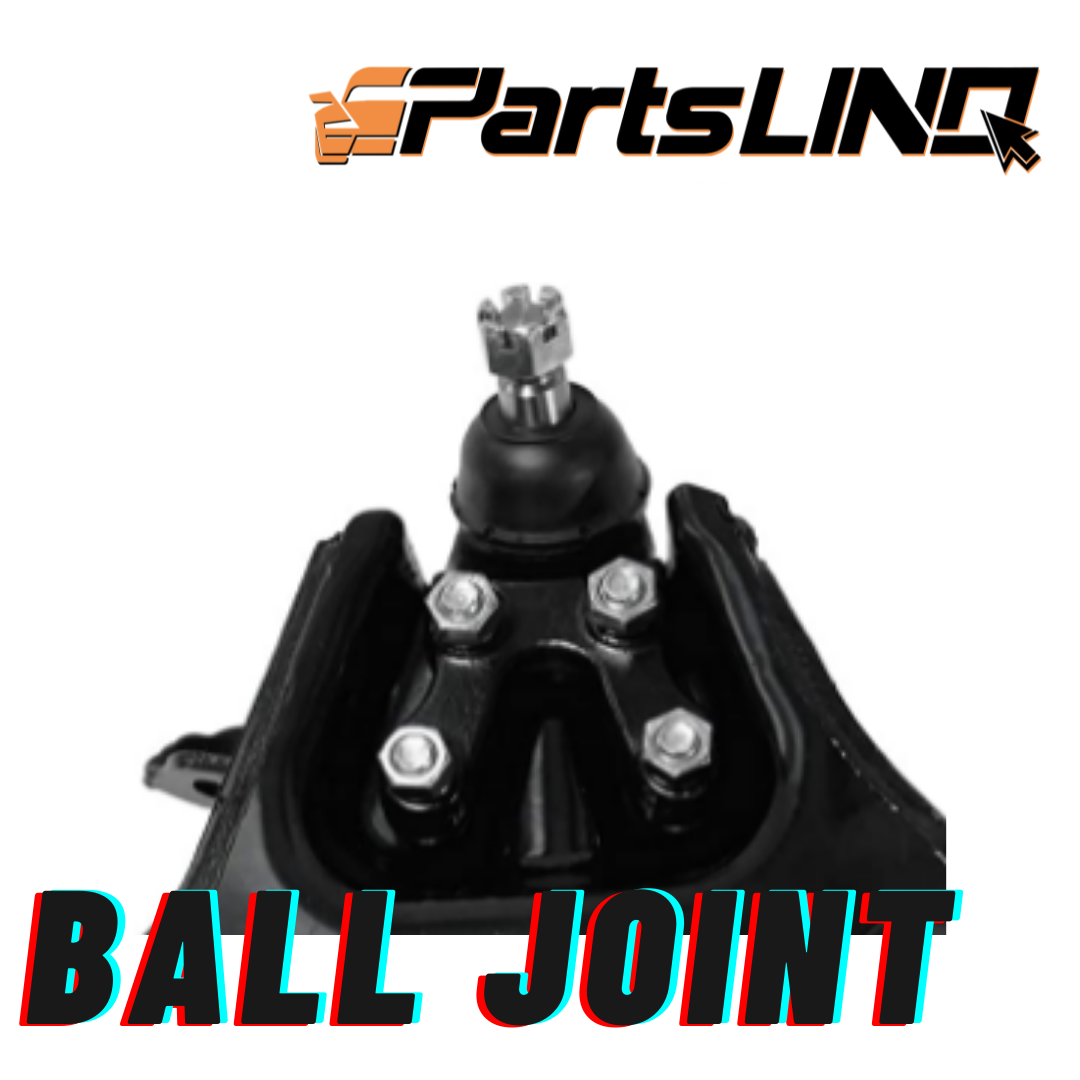During our 24/7 online technician support services, we often receive questions from our client asking several scenarios of the car, and the most frequent one is about what happens when control arm goes bad.
So let me put it straight, when a control arm goes bad, you can hardly ignore it, because it usually comes with noises and you can feel the car squeaks while driving.

In this article, we will explain the hidden secrets of control arm quality from scratch, don’t miss it!
Control Arm – Pivot Points to Connect Suspension System
When it comes to car suspension system, control arm is definitely the key. It acts as pivot points that connect suspension system with the wheels and make sure the vehicle’s ability to steer with accuracy and absorbs impacts.



【FACT 1.】Quality Matters from the Start
Seeing numerous control arm listing on web, price goes from 10 bucks to hundreds, the hidden secret of the price gap is whether manufactured by the TS169494 approved factory.
A quality control arm consists of thickness, welding and surface treatment of metal plates.
The TS16949 Approved Manufacture Process :

Ball Joint – Load Carrying Joint
For wishbone and MacPherson type of control arm, ball joints , the adjustable part connect with the rubber, are the load-carrying joint to support the weight of vehicle. Important as it is, some manufacturers, however, neglect the reinforcement and lead to compromised longevity.

【FACT 2.】Ball Joint Reinforcement
Key Facts about ball joints are Sturdiness & Durability, with the reinforcement in both, the longevity of control arm are much improved and can assure the safety for driving
Sturdiness Reinforcement :
- Thermal Refining: A process applied to adjust hardness, strength, and toughness of steel.
Durability Reinforcement :
- Heat Treatment: Metal is heated and cooled under tight controls to improve its properties, performance, and durability.
(Each Ball Joint from Nakamoto Control Arm is heat treated and thermal refined to boost structural strength and prevent breakage)
【FACT 3.】Flaw Detected & Torque Tested
After the reinforcement, Flaws Detection and Rotation Torque test are carried to guarantee the quality of the studs.
- Flaw Detection: A carefully conducted procedure that detects flaws and cracks to ensure the best product quality.
- Rotation Torque Test: Determines the proper torque and eliminates any potential safety issues from ball joints.

In the next article, we will bring a closer look on the control arm specification and comparisons, stay tuned !

Looking for parts? Find more on PartsLINQ Webstore
FB : PartsLINQ
IG : Partslinq
